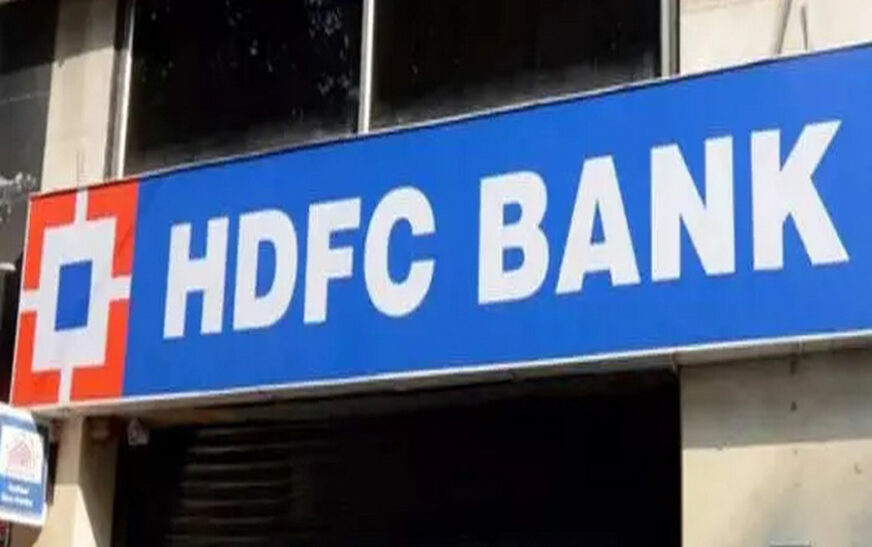HDFC Bank faced a significant setback in the market as its loan to deposit ratio (LDR) surged to 110% in its third-quarter earnings report, causing its stock to plummet by 9% on Wednesday and an additional 2.5% drop on Thursday. This sharp increase in the LDR, following its merger with parent HDFC, has raised concerns among investors and analysts.
Elevated LDR Raises Alarms
Prior to the merger, HDFC Bank’s LDR typically ranged between 85-89%, but the recent spike to 110% has exceeded the comfort zone outlined by the Reserve Bank of India (RBI), which usually prefers LDRs to be maintained between 70-75%. As India’s largest private bank, HDFC Bank’s elevated LDR has sent ripples of apprehension throughout the market, sparking fears of similar trends among other banks.
Market Reaction and Sector Impact
The market responded swiftly to HDFC Bank’s disappointing earnings report, with the Bank Nifty index slipping by 0.8% or 384 points on Thursday morning. Notably, eight out of twelve constituents of the banking index opened in the red, with Federal Bank, PNB, and IndusInd Bank witnessing declines of over 1%.
Path to Recovery
Analysts suggest that HDFC Bank must accelerate its deposit growth rate by 3-4% above its credit growth to restore its LDR to pre-merger levels. However, in the third quarter, while its gross loan growth increased by 4.9% sequentially, deposits only grew by 1.9%. The bank aims to achieve this balance over the next 3-4 years, primarily by shifting focus towards retail deposits to diversify its deposit base and mitigate competition in the non-retail segment.
Challenges Ahead
Despite plans to expand its unsecured loans, HDFC Bank faces challenges in maintaining its net interest margins (NIMs) due to lower liquidity coverage ratio (LCR) and sluggish deposit growth. The reported NIMs of 3.6% fell below expectations, indicating potential pressure on margins in the foreseeable future.
Conclusion
HDFC Bank’s unexpected surge in LDR has reverberated across the banking sector, prompting concerns about liquidity management and margin sustainability. As the bank navigates through these challenges, investors remain vigilant about its ability to restore confidence and stability in the market.










